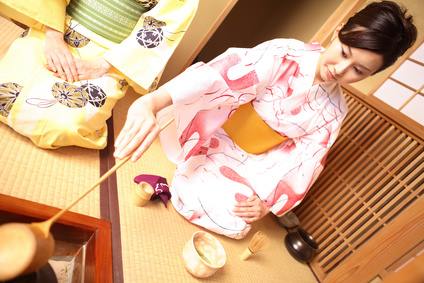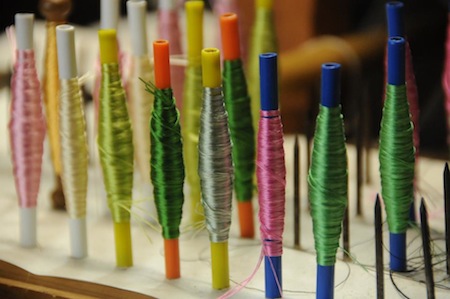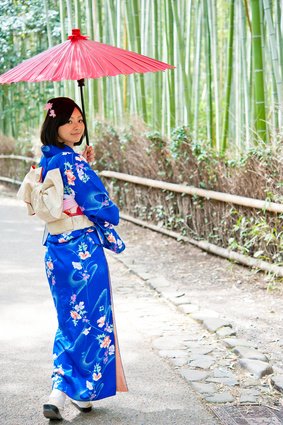
The biggest difference between yukata and kimono is whether you wear undergarment or not. Since you do not wear underwear, yukata is believed to be informal and it is thought to be rude to wear yukata for a formal table. Also you do not wear tabi socks.
Since you do not wear tabi, you wear geta, not zori sandals.
However, those who are not accustomed to wear geta on barefoot sometimes hurt their feet, so you can wear thin tabi. Moreover, unless you use a thin obi belt, it does not fit yukata. Thus half-width obi made of one cloth is used for that.
Though you can use a short-lined half-width obi belt, the thick obi does not fit yukata, so you should use the thin one. Recently the reversible obi is popular so short-lined ones are apparently rather used more. Since it is half-width obi, sash pillow, obi bustle, and obi fastener are not needed.
As for obi-ita plate, some people use it because it makes their clothing more beautiful, and others do not use because it is enough without the plate. You can decide as you like. Since you do not have to prepare so much and dressing is easier, you can begin the dressing with yukata if you want to learn it by yourself.




